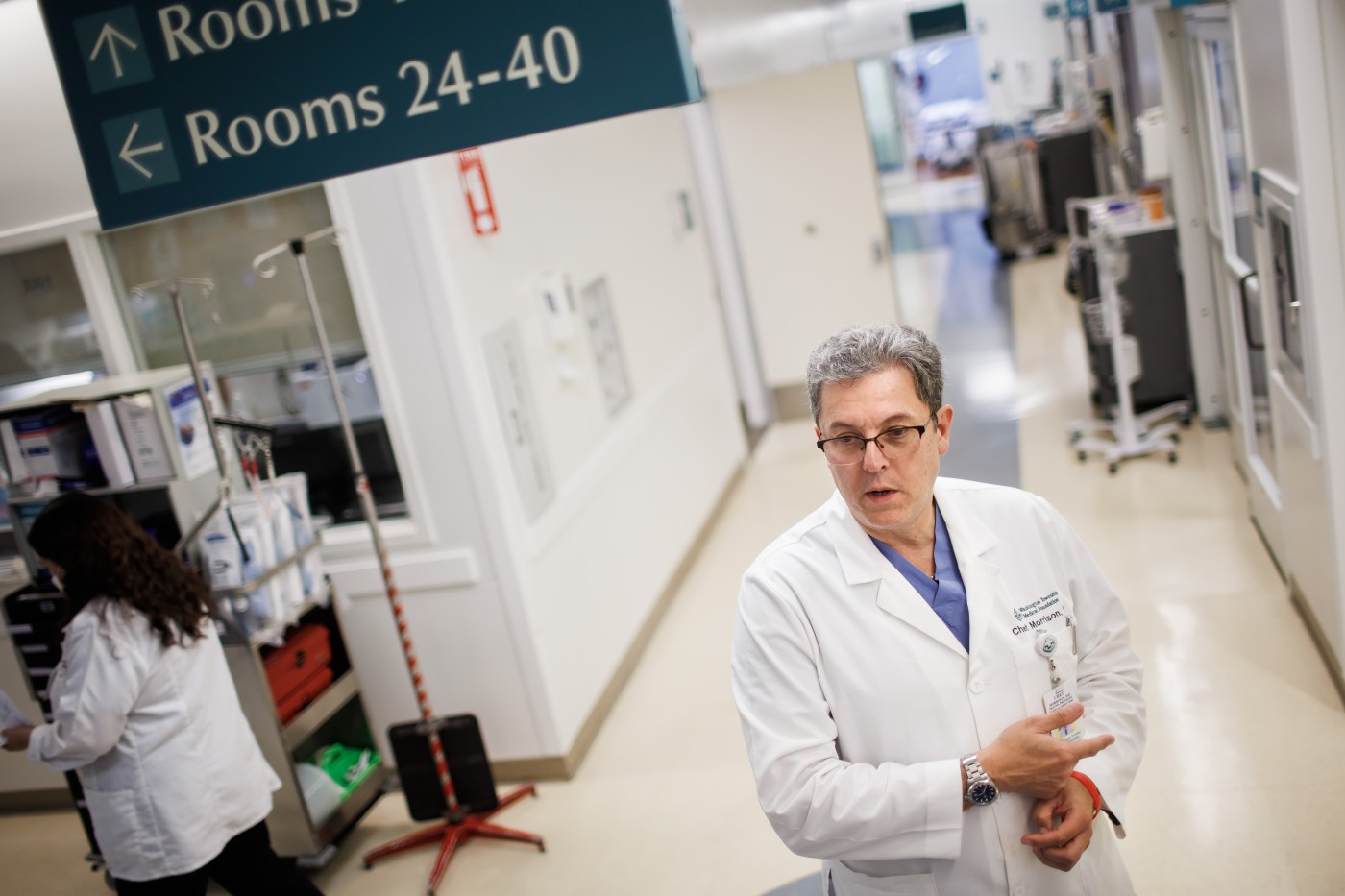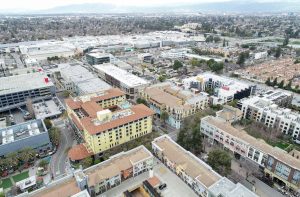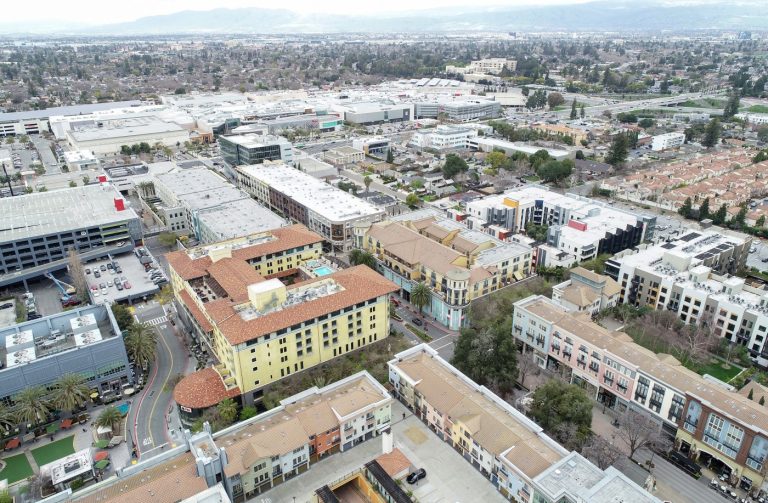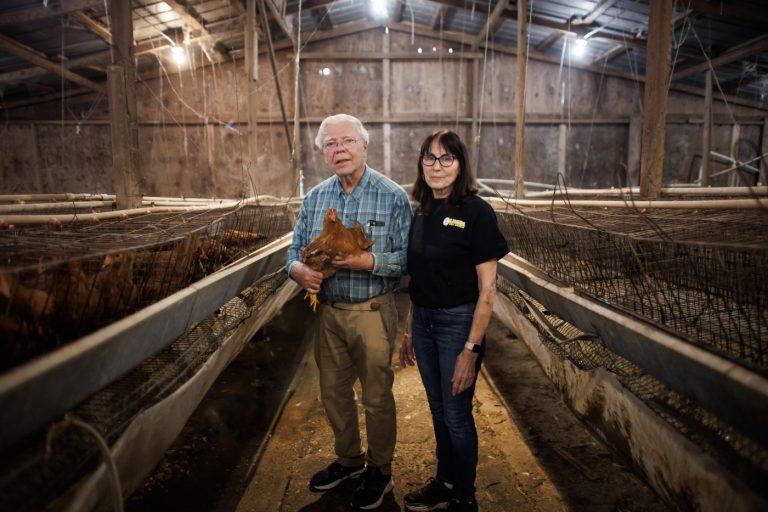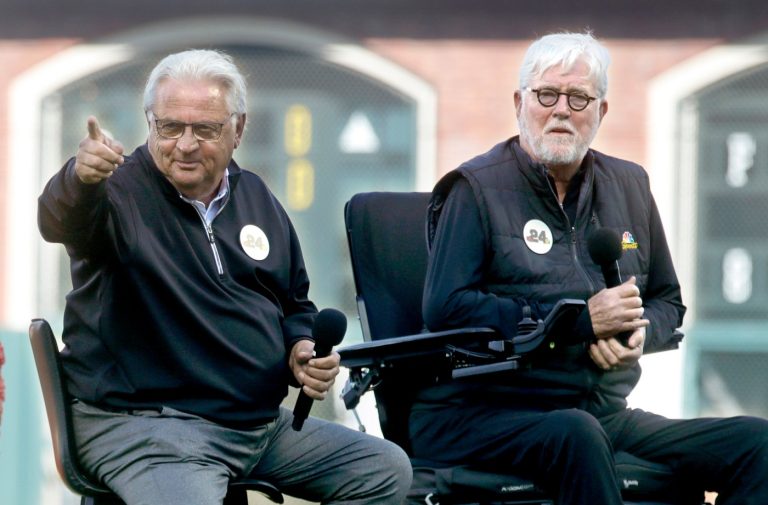FREMONT — The East Bay has a new medical facility for people who have had a bad fall, been maimed, injured in a car crash or otherwise need emergency care for serious injuries.
Until now, southern Alameda County has never had its own trauma center. People suffering from life-threatening injuries, where every passing minute can be a matter of life or death, had to travel miles to centers in San Jose, Palo Alto or Castro Valley.
But beginning July 1, there’s a much closer option for anyone badly hurt in Fremont and the Tri-Valley, one of the region’s fastest-growing areas — a Level II trauma center at Washington Hospital in Fremont.
Dr. Chet Morrison, the hospital’s trauma medical director, recently sat down with the Bay Area News Group. The interview has been edited for clarity and space.
Q: What is the average number of patients the trauma center sees in a given night?
A: It’s not uncommon for us to have six or seven patients in a 24-hour period. Multiplying that by a year, we expect to at least service about 1,500 people a year. And then when you throw in the people who come in who have injuries who are not activated, but they fall, something hurts, they come in they come in the emergency room, we found they’ve broken a bone and injured their head…it could probably come close to about 2,000 patients a year. That tends to be about what Level II trauma centers do as a respectable total. The big urban ones, like in the center of San Francisco, New York or Detroit would do higher. I trained in a place that was right in the center of Baltimore, and they did about 3,500 people a year.
Q: What did you learn over there?
Well, when you are in shock trauma, you basically learn a very focused and detailed and very complete way of taking care of a whole variety of injured patients. When you’re there, you’ve trained, you’ve already finished your residency. You know how to be a doctor, you know how to be a surgeon. But you’ve got a volume of people who have all sorts of injuries. So you’re trained in three things: dealing with individual injuries; managing a busy service, so you have a number of patients with different injuries; and the other thing you’re trained to do is be an academic. In other words, do research and try to advance the field and learn how to look at your data, look how to make recommendations. And getting back to what we’re doing here, you also learn about trauma prevention and outreach. It’s the one occupation I can think of where we’re constantly trying to think of how to put ourselves out of business.
Q: Can you tell me more about the types of cases you deal with in the two trauma bays at Washington Hospital?
A: The most immediate is motor vehicle collisions and motorcycle collisions. And, despite all the advances in road traffic safety, we still get a lot of them. We deal with falls. Younger people falling from heights. Older people with ground level falls. Occasionally, we deal with assaults, stabbings, we’ve had some people come here with gunshot wounds.
Q: What about the electric scooters?
A: It’s interesting that you mention that. As a matter of fact, we have some people who have really gotten themselves hurt on those scooters because of the way the electric motor works. They have a real torque and real acceleration to them, and we’re seeing trauma that’s almost similar to that of motorcycles and other things that actually accelerate a lot faster than people think. You don’t have to hit the ground at a very high-rate of speed to really hurt yourself. So we’re actually seeing it. In fact, I was on a message board of trauma surgeons across the country and we’re all noticing the fact that these electric scooters are starting to come up. I’m old enough to remember when ATV’s became prominent and we saw a lot of ATV injuries.
Q: I mean, most of them, they’re not wearing any helmets, right?
A: That’s the other problem. Because the California law mandates motorcycle helmets, we encourage bike helmets. But it hasn’t really gotten into anyone’s consciousness or legal thoughts about wearing a helmet for an electric scooter. Even though Dr. Morrison, the trauma surgeon, says ‘wear a helmet whenever possible because you only have one head.’
Q: What are some extreme cases where this trauma center would have to send a patient elsewhere?
One of them is for things like burns. We’re not a burn center, so they have to go to the burn center. And there are a couple burn centers that we go to. When you get burned, and you show up at a burn center, they have a system and they know what to do. So they can take care of you. The second thing is, we are not a pediatric trauma center for kids; we do not have a pediatric intensive care unit. But we do have a transfer agreement with UCSF Benioff in Oakland so that when we have injured children, we can treat them here. We can stabilize them, and if they do have injuries they get transferred there. Those are the two big categories of patients. Beyond that, we can take care of most things here. Every once in a while, someone requires a very advanced specialty care, say for advanced facial reconstruction, and then they might go somewhere else. A Level II trauma center should be expected to take care of most of what comes through the door. But the goal in trauma is getting people back into society. It’s not just saving someone’s life, though that’s the most important thing.
Q: The next level of trauma center that would, for instance, handle burn victims, is that Level I or Level III?
A: Level I is the highest level trauma center. The difference is a Level I trauma center tends to be university affiliated in major urban areas. What they have that we don’t have is their teaching facilities. So they have residents. And you have to have a constant senior resident presence to be a Level I. The other thing they have that we don’t is research. If you’re a Level I, you have to do a certain amount of research. Now, if you’re a Level II you can do that. They encourage it. I’ve done it. I’ve written papers from this and other Level II trauma centers. But it’s not mandatory.
Q: What are some of the things that you’ve learned in your practice here?
A: One of the things you learn coming into a new system is the California medical system, and it has its own interesting features to it. I was here and hired when the hospital became a trauma center, whereas the other hospitals I’ve worked in, they already were a trauma center. So in my previous job, I took over the trauma medical leadership, but that had already been a trauma center. What we all learned here is how to actually take a good community hospital and shift it up to the next level so it’s now a trauma center.
DR. CHET MORRISION PROFILE
Education: B.A. in chemistry and biology from Cornell University; M.D. at The George Washington University; fellowship training at Trauma Critical Care at the Maryland Cowley Shock Trauma Center
Past Jobs: Attending Trauma Surgeon and Director of the Neurotrauma Intensive Care Unit at Lancaster General Hospital; Assistant Professor and Director of Surgical Critical Care at Michigan State University
Accolades: Bronze Star and Meritorious Service Medal for deployments with the U.S. Army’s medical unit in Iraq and Korea
Five things about Chet
He came to Washington Hospital from Saginaw, Michigan.
He was most recently, prior to this job, a Trauma Medical Director and Department Chair at St. Mary’s/Ascension Hospital.
He served in several leadership positions in the U.S. Army’s medical units.
He was also an Associate Professor of Surgery at Central Michigan University School of Medicine.
He double majored in chemistry and biology at Cornell University.
